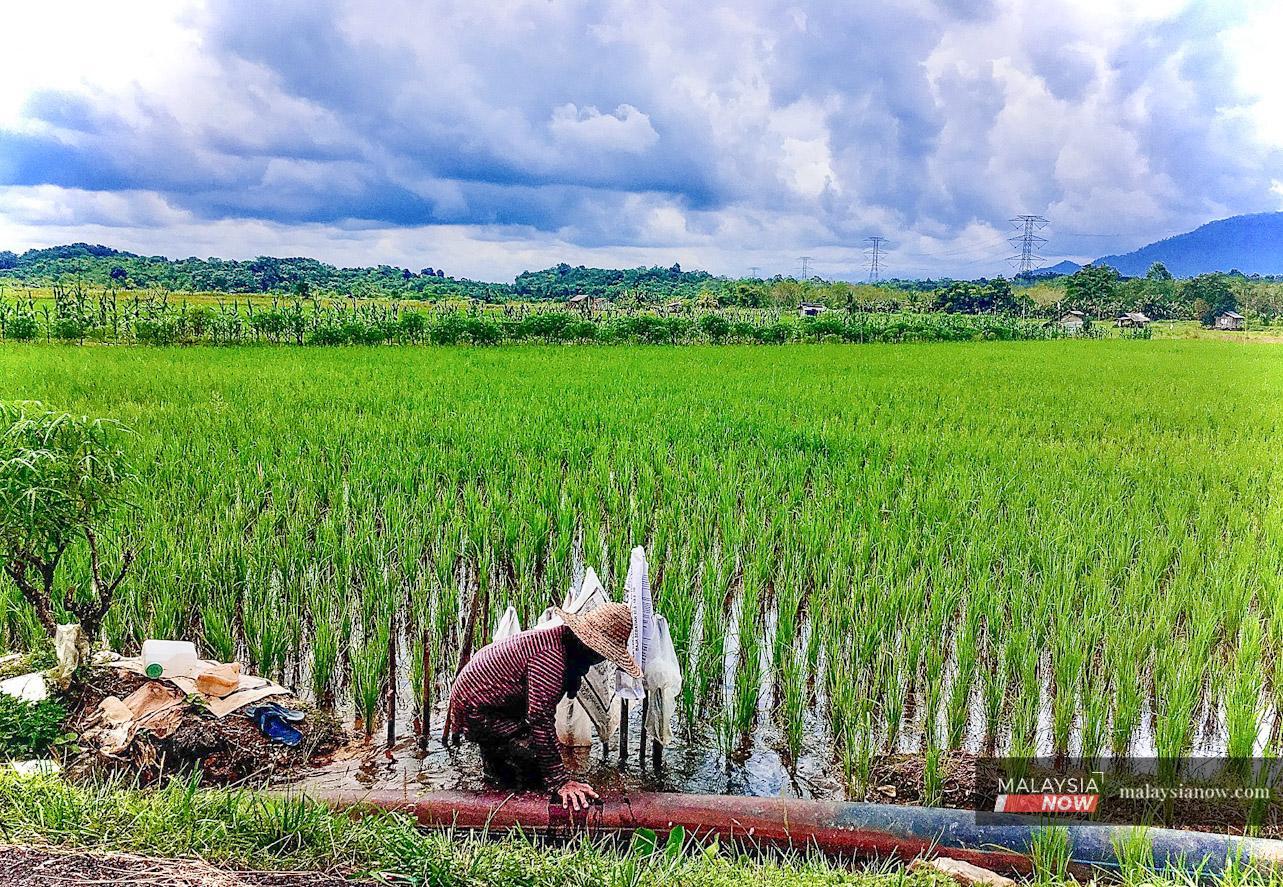As padi production shrinks in Sarawak, food security fears rise
Sarawak is already heavily dependent on imported rice, and more and more farmers are giving up on padi cultivation.
Just In
At Kampung Skuduk in Serian, farmers used to head out at dawn to spend the day working in their padi fields.
For decades, it was one of the few villages in Sarawak which cultivated wet padi or padi paya – padi grown in irrigated fields.
Today, though, the plots which were once green with young plants are abandoned and overgrown with weeds. Most of the villagers have moved on to cultivating other, more lucrative, crops like rubber.
Village head Silbey Anak Nobek said the income from padi crops had not been encouraging in recent years. Labour costs have also been on the rise, and many farmers feel that the long cultivation process is no longer worth their time.
While they have machines to help them during harvest season, these do not always make their lives easier.
At Kampung Skuduk, the villagers have moved on to planting rubber instead under another government scheme.
They also grow vegetables such as cucumbers, pumpkins and pepper. These, they sell to wholesalers in the capital city of Kuching.
Meanwhile, the once-flourishing padi fields languish.
Part of the problem is that those from the younger generation prefer working in urban areas instead of returning to their villages to spend their days on the farm.
“The young people have no interest in growing padi because it’s tiring,” Silbey said.
“They would rather work in the factories near the city.”
As the years go by, more and more of the land once set aside for padi is converted to fields for other crops. Some parcels of land are even rented out to businesses instead.
In 2012, there were about 130,000 hectares of padi land in the state. By 2021, this had shrunk to 83,000.
Government spending
Sarawak minister Stephen Rundi Anak Utom said one way to tackle the issue is to increase the price of padi.
Speaking to MalaysiaNow, Stephen who holds the modernisation of agriculture and regional development portfolio said the current padi price was far too low.
“Some farmers have already shifted to oil palm or pineapple cultivation which is more profitable,” he said.
“If this situation continues, Sarawak’s padi cultivation area will decrease even more.”

This, he said, would put further pressure on the food security situation as Sarawak would then depend even more on imported rice.
“Increasing the padi price or giving production incentives to farmers is a must,” he said.
“Right now, farmers get about RM1 per kg for their padi, and production incentives are also low – about 36 sen for each kg of padi sold.”
The way Stephen sees it, a higher padi price would encourage farmers to plant as much as possible and open up new areas for production.
Academic Mohd Effendi Wasli meanwhile said the government should also think of ways to control the price of goods such as fertiliser and pesticide.
Effendi, of Universiti Malaysia Sarawak, said many farmers are struggling to cope with the price spikes.
“Ukraine is a main supplier of chemicals for fertiliser,” he said. “Because of the war in that country, the market price of agricultural products increased up to 30% or 40%.
“The government needs to take a deeper look at things from the farmers’ perspective and think about how it can control the prices,” he said, adding that such fluctuations mainly affect the small-time farmers.
Subscribe to our newsletter
To be updated with all the latest news and analyses daily.
